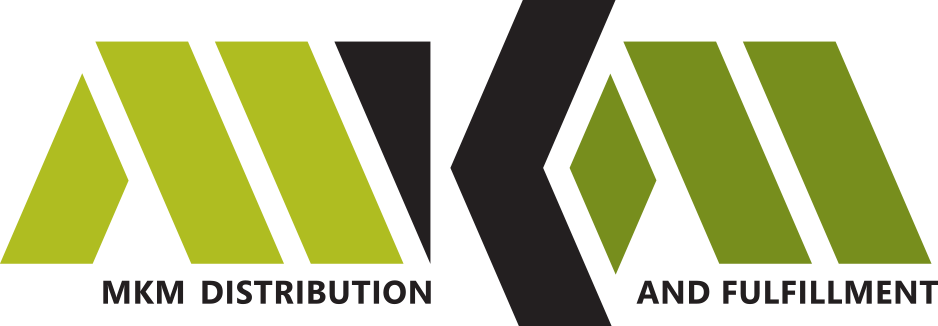The Effects of E-commerce on Retail Distribution
Retail distrubution
E-commerce is changing the world, and not just the retail environment. It’s altering the way we shop, but it’s also changing how we go about our day. Instead of running out to the mall on a lunch break and taking care of whatever errands we need to while we’re at it, we simply shop online and have the items delivered to our home. Interestingly, the rise in e-commerce sales is also having an effect on retail stores and the distribution patterns used to keep them stocked.
Sales
Quite simply, e-commerce has made sales drop in brick-and-mortar locations, meaning fewer people actually buying in person. While store visits remain high, it’s mostly shoppers browsing stores so they can touch, inspect quality, and try on new styles, but then shop online to find where they can get the best price.
The other side of this is that retailers are building an omni-channel approach in order to engage customers from an e-commerce front and also from an in-store and mobile front. Strides are being made every day to engage potential customers in new ways and deliver exactly what the customer wants in the most convenient way possible. Customers increasingly expect a consistent and fluid experience across a retailer’s sales channels. This requires a more connected supply chain through reporting and product visibility, and physical network design.
Software
Keeping up with multi- and omni-channel trends requires a lot of software solutions to connect the various parts of the system and keep them running together. This doesn’t just mean connecting stores and websites, but also connecting supply chain and distribution divisions, and everyone in between.
Footprints
E-commerce has enlarged every retailer’s footprint by incredible bounds, allowing them to reach areas of the country they haven’t been able to before. Their fulfillment partners are shipping items all across the country, or even the world. Of course, brick-and-mortar locations don’t have quite the reach of e-commerce, but still play a vital role in overall company sales. Stores now are being stocked with more targeted sections of the brand to really connect to the local shoppers. Keeping a store stocked with the right mix of product is as important as ever. Ultimately, the goal is to show the customer a sampling of what you can offer and make a sale through any possible channel.
What impact has this had on distribution? Most retailers have the same number of stores and deliveries, but fewer products per delivery, driving up per item logistics costs. Offsetting the volume losses with multichannel fulfillment (shipping customer orders from store to store or DC to store) may be something to consider, but routing these packages through your existing network is complex.
Larger Volume of Direct to Consumer Orders
Because people are ordering online—or even having a store associate order an out-of-stock item to be delivered to the customer’s home—distribution partners are seeing a much larger volume of direct to consumer orders being processed through fulfillment centers. This has led many retailers to evaluate their networks to determine if they should add regional distribution centers to get closer to as many customers as possible.
Balancing e-commerce and distribution can be a handful, as they’re both being affected by one another. A 3PL can partner with your organization and become an extension of your existing operations to develop regional distribution centers and help take a load off of that balancing act.

